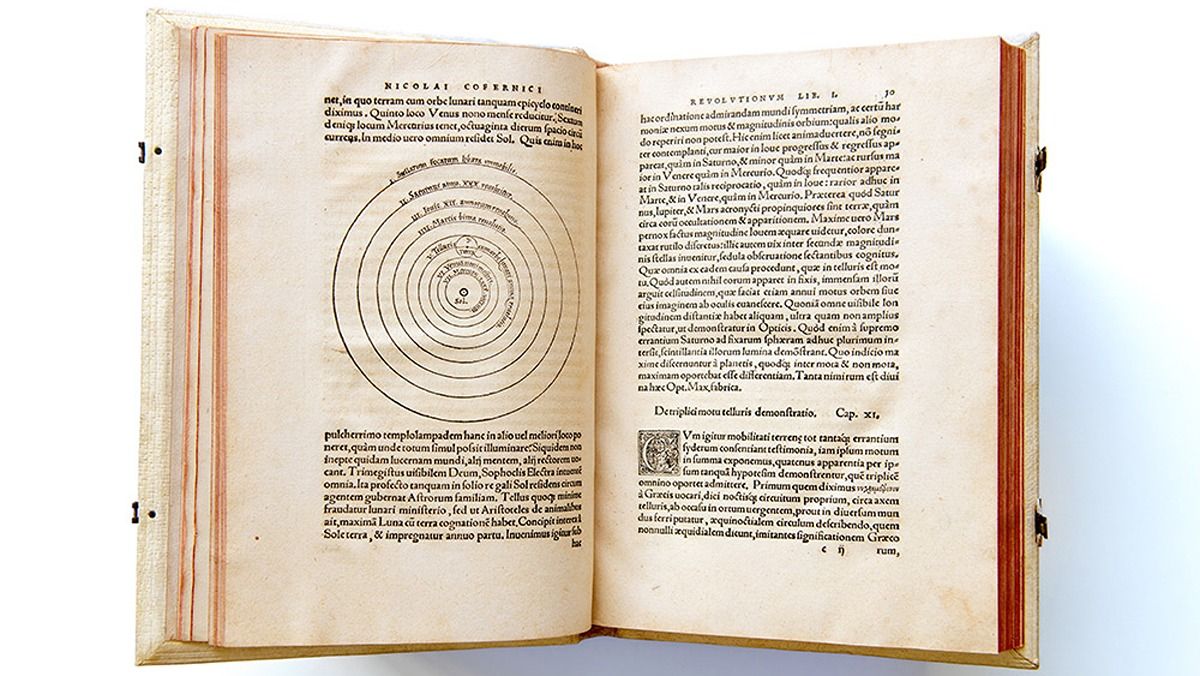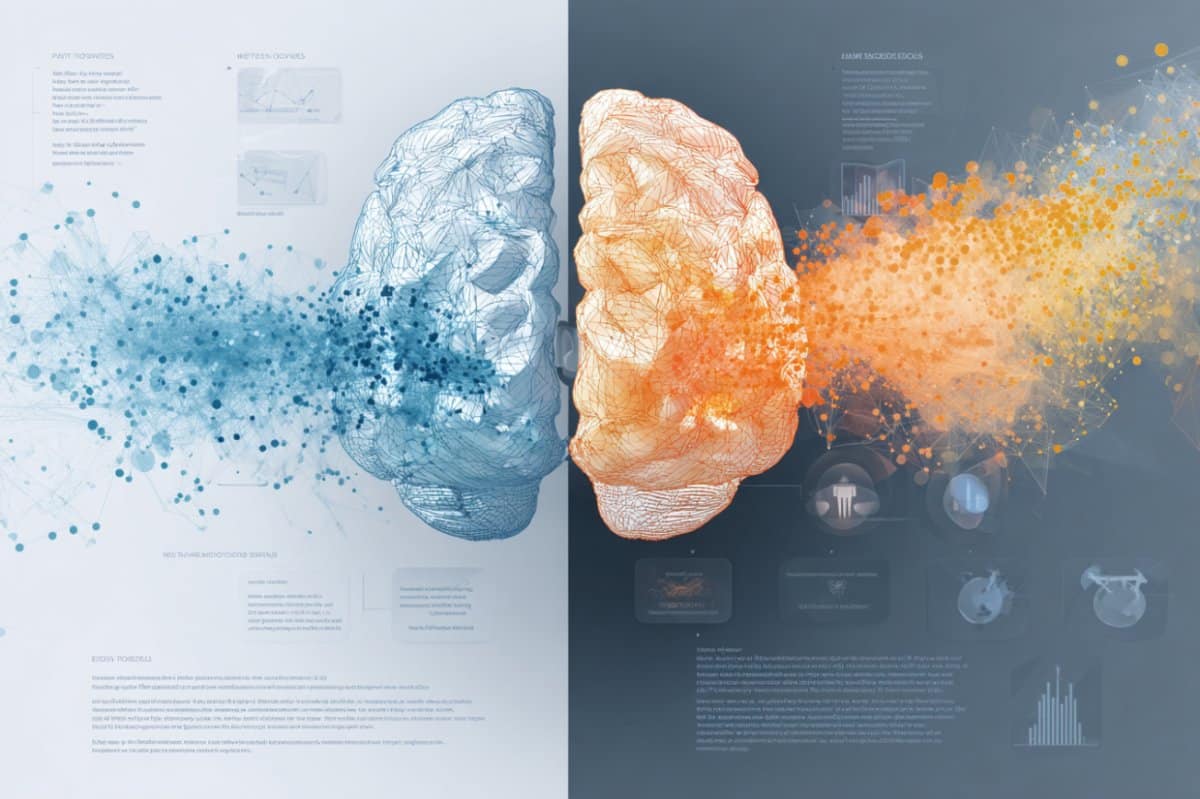A recently donated astronomy book to the Rochester Institute of Technology (RIT) in New York State has caught the attention of experts due to the possibility of a hidden treatise within its pages. The book, which dates back to the 15th century, is suspected to be a palimpsest, containing overwritten text from an older work. It is believed that vellum, an expensive material made from animal skins, was reused in the Renaissance, leading to the erasure of previous writings. The donated book is a 15th century version of a work by Johannes de Sacrobosco, a scholar and monk from the 13th century. Imaging science students at RIT will attempt to uncover the obscured words, according to university officials.
Another book included in the donation is a well-known work by Polish astronomer Nicolaus Copernicus from 1543. In this book, Copernicus presented mathematical proofs and sky observations to demonstrate that the sun, and not the Earth, is at the center of our solar system, an idea that predates the invention of the telescope in the early 17th century. Donor Irene Conley, expressed her desire for the precious texts to be actively studied and utilized at RIT, rather than being sold to a private collector, stating that she was pleased to learn that students would be carefully examining and utilizing the books for advanced work and research.
As a collection, the two books reflect the rapid evolution of astronomical science during the Renaissance. While Sacrobosco’s work placed Earth at the center of the universe, following the model proposed by Claudius Ptolemy 12 centuries earlier, Copernicus and his contemporaries embraced the idea that the sun occupied this central position. This sun-centered perspective, although not widely accepted by society at the time, was built upon earlier ideas proposed by ancient astronomers such as Plato, Eudoxus, Aristarchus of Samos, and Martianus Capella, as emphasized by the U.S. Library of Congress.
Despite discrepancies in his model, Copernicus’ work was instrumental in reevaluating past scientific knowledge and played a role in the subsequent refinement of planetary motions by astronomers such as Tycho Brahe and Johannes Kepler.















